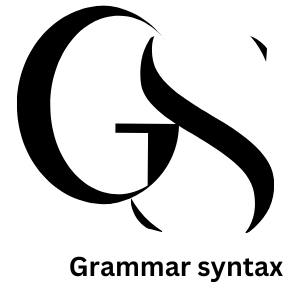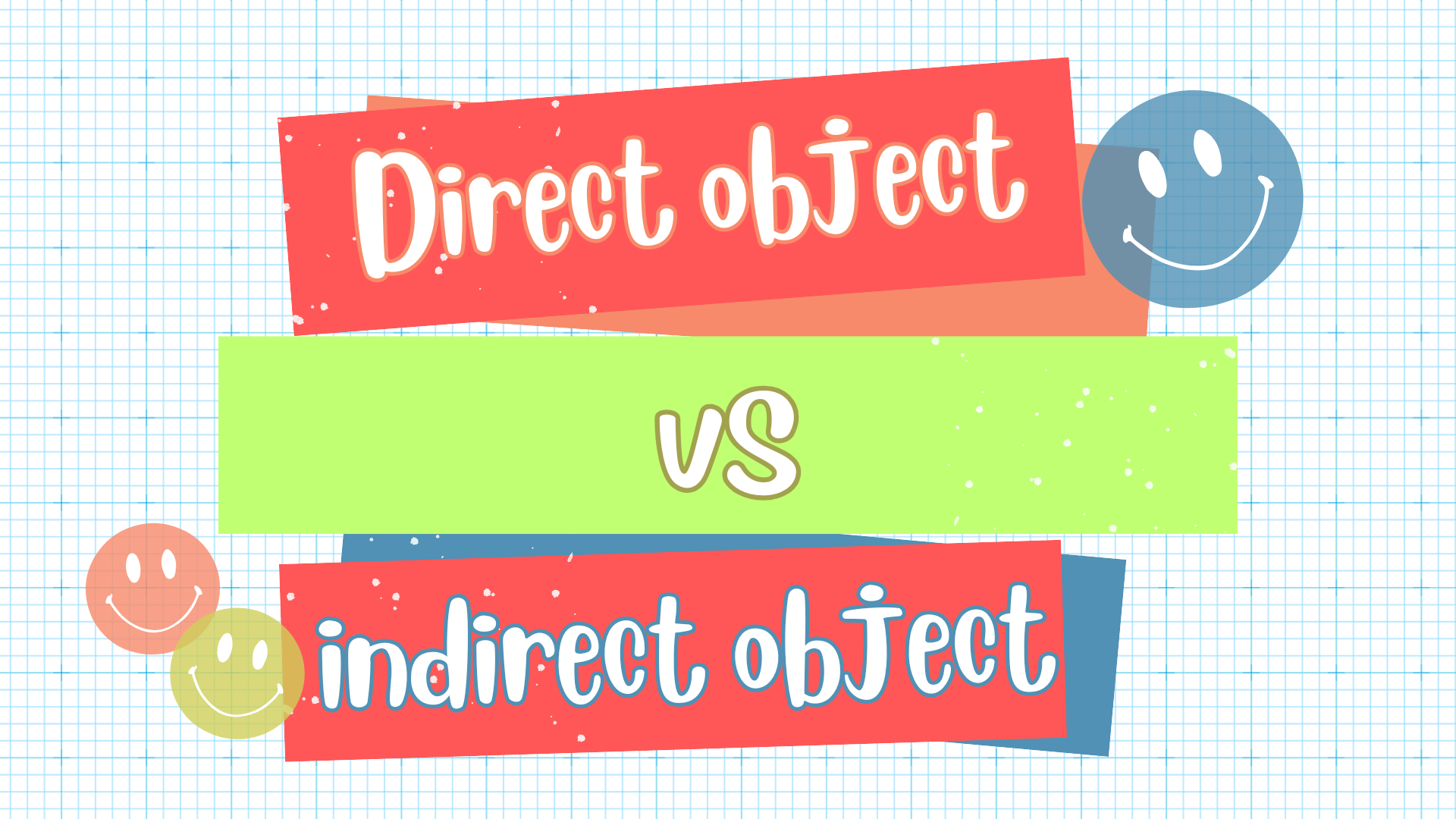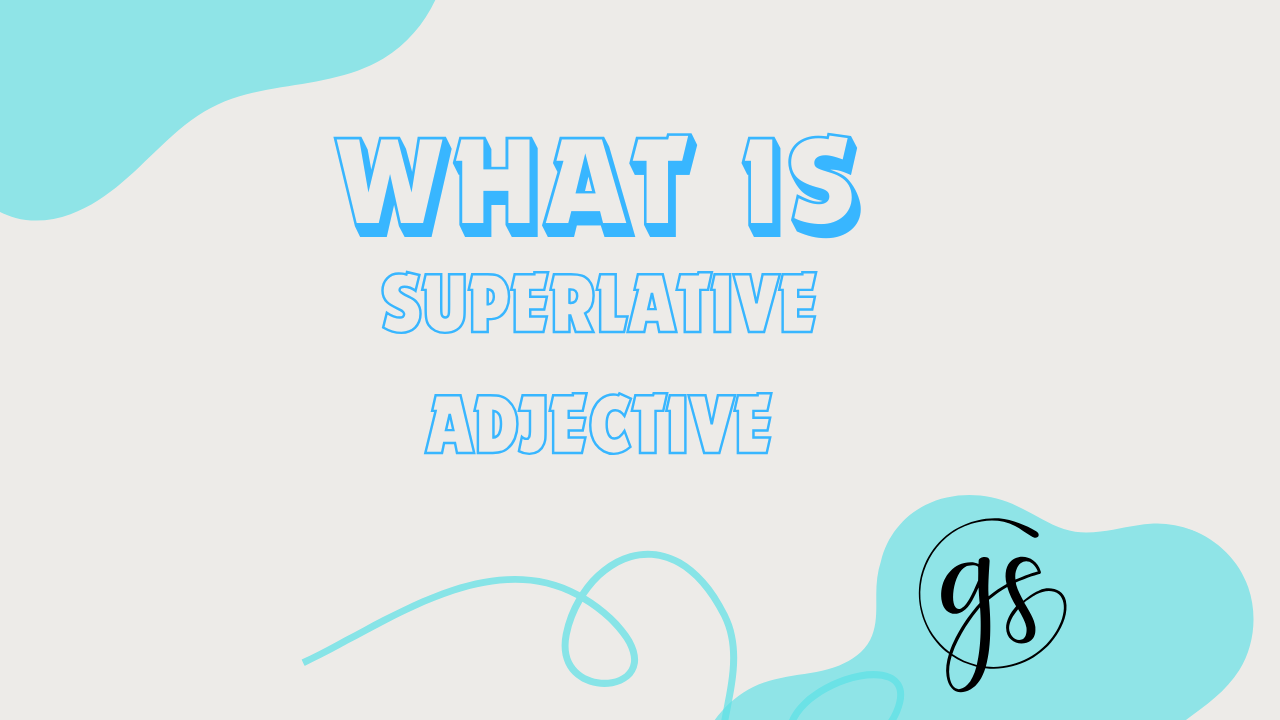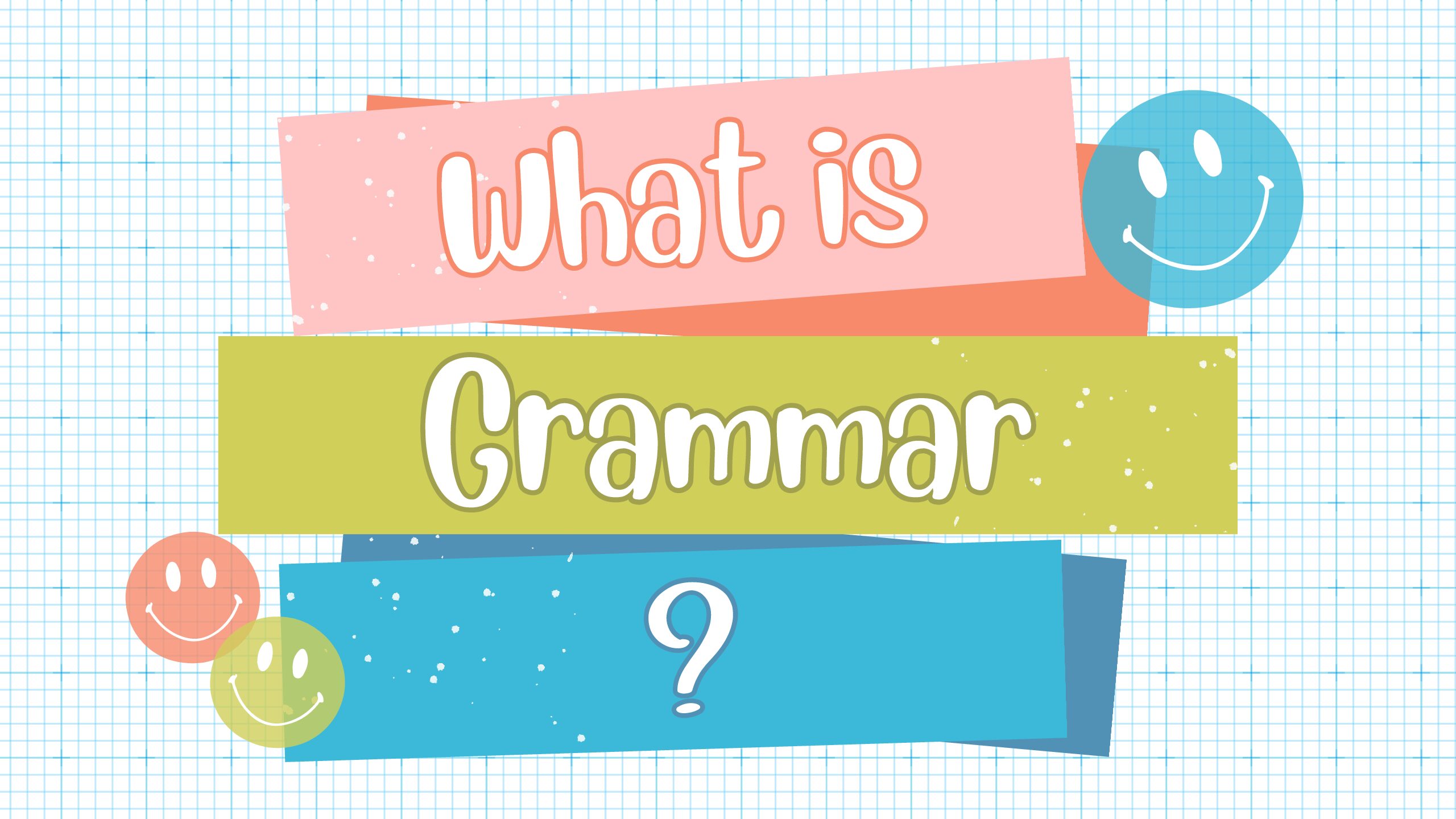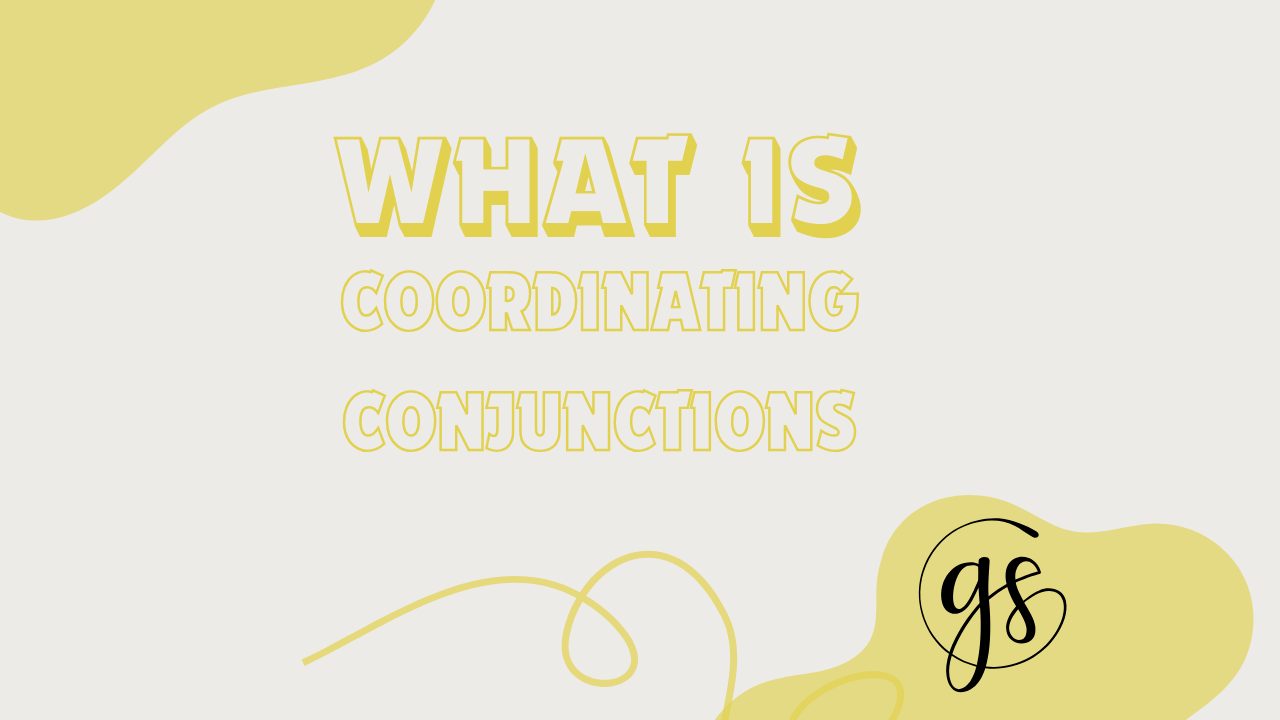Introduction
Direct object is a noun or pronoun that receives the action of a verb directly.
For instance, in the sentence “She kicked the ball,” “the ball” serves as the direct object because it answers the question “What did she kick?” This simple yet essential component of grammar helps us comprehend how actions are connected to their subjects and provides clarity in communication.
Importance of direct objects
Without identifying direct objects, sentences can become ambiguous and lose their intended meaning.
Indirect objects add another layer by indicating to whom or for whom an action is performed. In “She gave her friend a gift,” both “a gift” (the direct object) and “her friend” (the indirect object) provide context about the action of giving.
Examples of direct objects
- She reads the book.
The direct object is “the book”, as it answers the question “What is she reading?”
- He kicked the ball.
The direct object is “the ball”, as it answers “What did he kick?”
- I saw him at the park.
The direct object is “him”, as it answers “Whom did I see?”
- She painted a picture.
The direct object is ” a picture” as it answer the question ” What is she painting?”
- The teacher explained the lesson.
The direct object is ” the lesson” because it is answering question ” what is teacher explaining?”
How to Identify a Direct Object:
- Locate the verb (action word) in the sentence.
- Ask “What?” or “Whom?” after the verb.
- The answer will be the direct object.
Example
She called him.
- Verb: called
- Ask: “Called whom?”
- The answer is “him.”
- So, “him” is the direct object.
He wrote a letter.
- Verb: wrote
- Ask: “Wrote what?”
- The answer is “a letter.”
- So, “a letter” is the direct object.
Direct object and Indirect object differences
| Direct object | Indirect object |
|---|---|
| The direct object receives the action of the verb directly. | The indirect object tells to whom or for whom the action is performed. |
| Receives the action. | Tells who benefits from or is affected by the action. |
| He sent his friend an email. Verb: sent Direct Object: “an email” (What did he send? An email.) | He sent his friend an email. Verb: sent Indirect Object: “his friend” (To whom did he send the email? To his friend.) |
Practice of direct objects
Multiple Choice Questions
1. In the sentence “The dog chased the ball,” what is the direct object?
A) The ball
B) Chased
C) The dog
D) None of the above
2. “She read the book aloud,” identify direct object?
A) She
B) Read
C) Aloud
D) The book
3. In phrase “I saw her at the store,” mention direct object?
A) I
B) Saw
C) Her
D) At the store
4. “We painted the fence last weekend,” find out direct object?
A) The fence
B) We
C) Painted
D) Last weekend
5. In the sentence “They built a sandcastle on the beach,” what is the direct object?
A) They
B) A sandcastle
C) Built
D) On the beach
True or False
6. The direct object in the sentence “She sings beautifully.” is “beautifully.”
True / False
7. Direct object in “He wrote a letter.” is “a letter.”
True / False
8. In the sentence “I gave her a gift,” there is no direct object.
True / False
9. Sentence “The children ate ice cream,” the direct object is “ice cream.”
True / False
10. The direct object in “He taught math to the students.” is “math.”
True / False
Answer key
| 1. a | 2. d | 3. c | 4. a | 5. b |
| 6. False | 7. True | 8. False | 9. True | 10. True |
Practice of indirect objects
Multiple choice questions
1.In phrase “He gave her a gift,” identify indirect object?
- A) He
- B) Gift
- C) Her
- D) Gave
2. She sent me a letter,” what is the indirect object?
- A) Me
- B) Letter
- C) She
- D) Sent
3. “The teacher showed the students a video.” What is the indirect object in this sentence?
- A) Teacher
- B) Students
- C) Video
- D) Showed
4. “The mother baked her children some cookies,” who is the indirect object?
- A) Mother
- B) Children
- C) Cookies
- D) Baked
5. In the sentence, “I told him the story,” what is the indirect object?
- A) I
- B) Him
- C) Story
- D) Told
True or False
6. In the sentence “He gave me the book,” the indirect object is “book.”
- True
- False
7. The phrase “She bought her friend a present” contains an indirect object.
- True
- False
8. “They handed the teacher the papers,” “teacher” is the indirect object.
- True
- False
9. In “She told him a secret,” “him” is the indirect object.
- True
- False
10.In the sentence “I sent you an email,” “you” is the indirect object.
- True
- False
Answer key
| 1.c | 2.a | 3.b | 4.b | 5.b |
| 6.False | 7.True | 8.True | 9.True | 10.True |
Conclusion
Comprehending the distinction between direct and indirect objects is crucial for mastering sentence structure in English. Direct objects receive the action of the verb directly, while indirect objects indicate to whom or for whom the action is performed. By recognizing these components, writers can enhance clarity and precision in their communication. This knowledge also aids in identifying verb patterns and improving overall grammatical skills.
FAQs
What are direct object and indirect object examples?
In “She forgave Sam for ruining the party” the direct object is “Sam” and the indirect object is “ruining the party.”
How can I identify a direct object in a sentence?
To find a direct object, locate the verb and ask what? or whom? after it. The answer will be your direct object.
